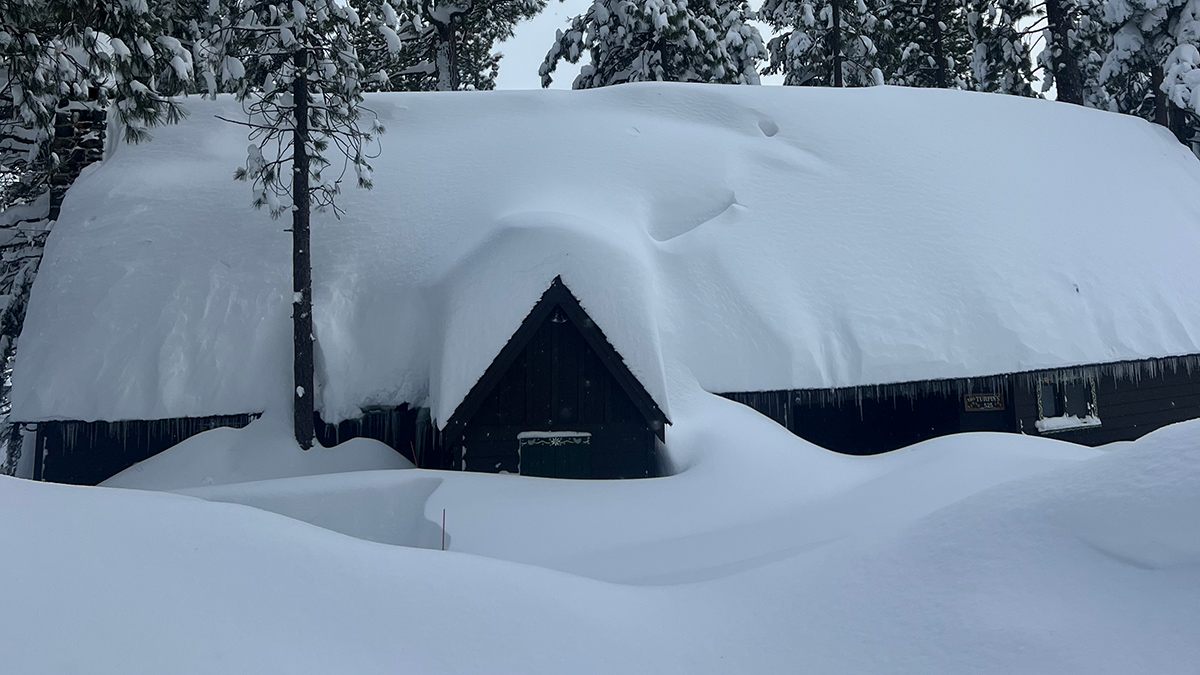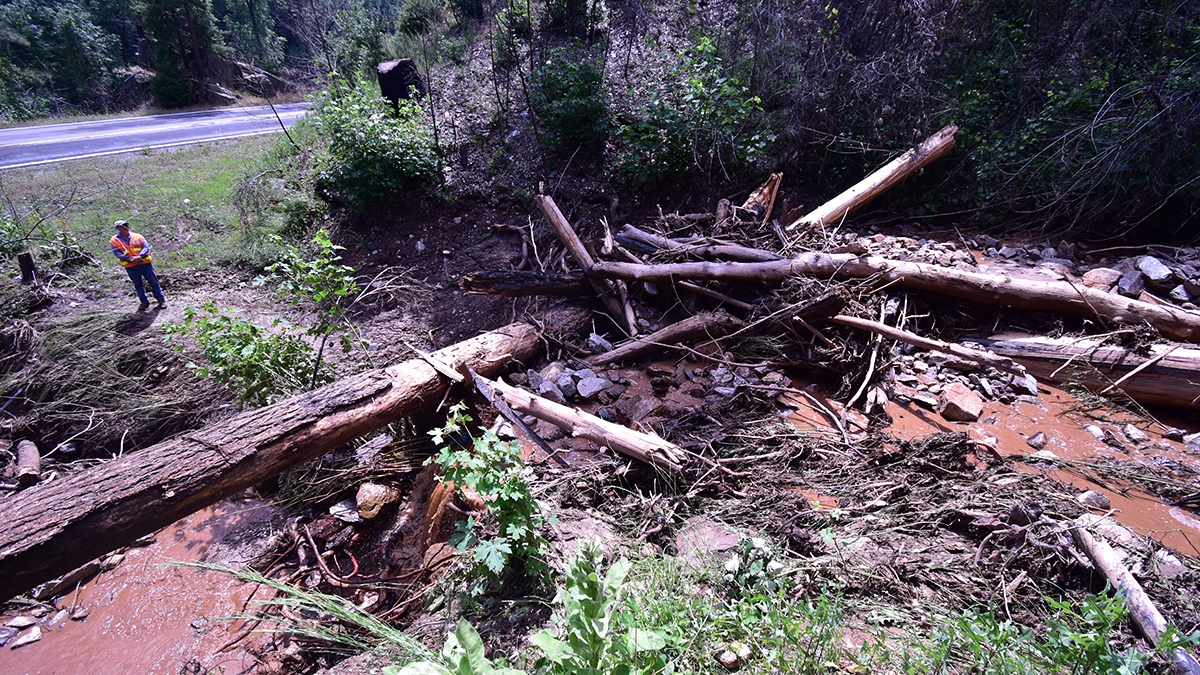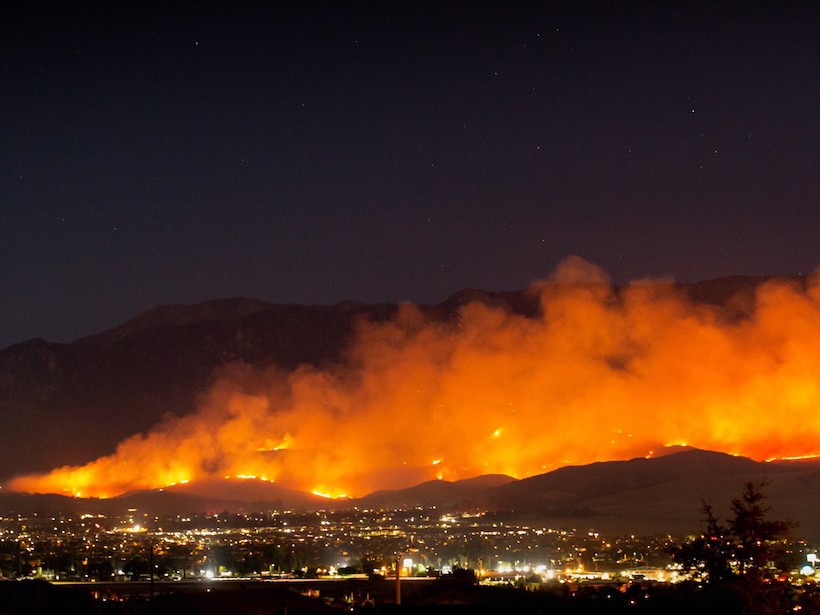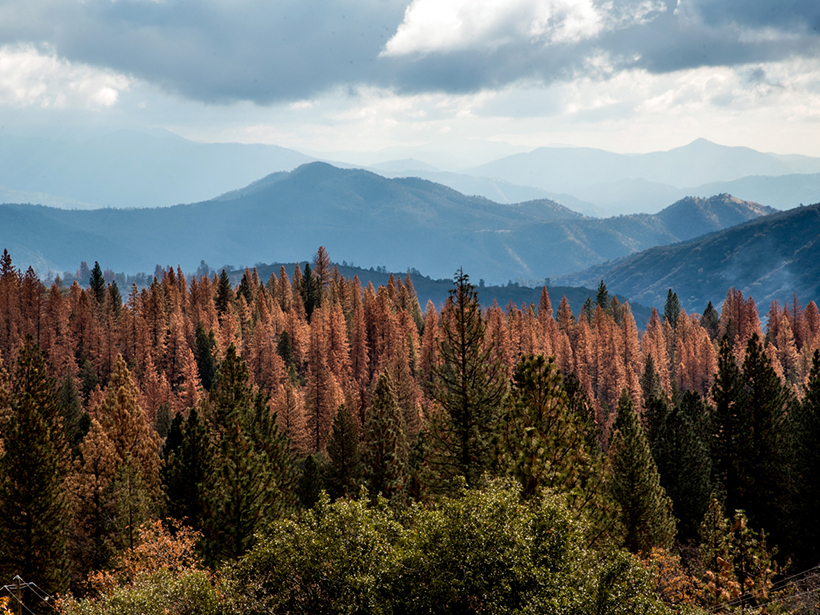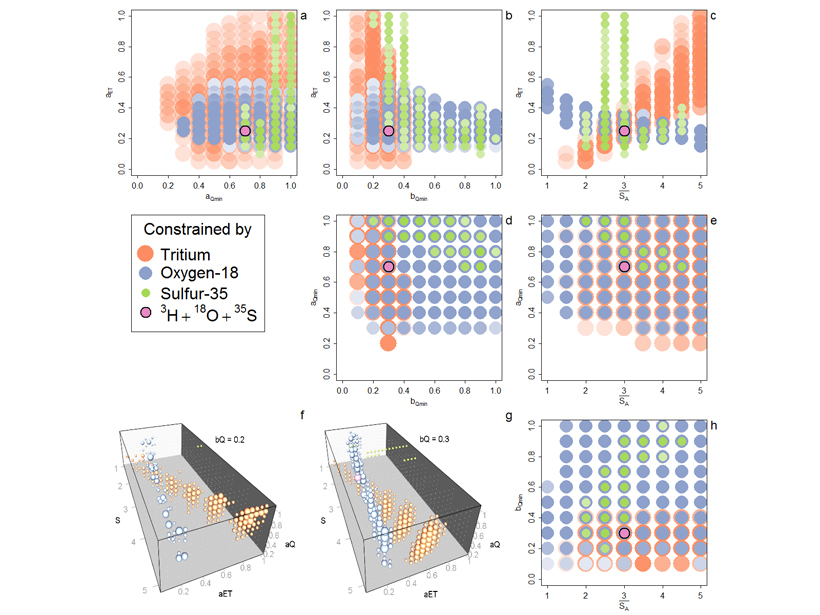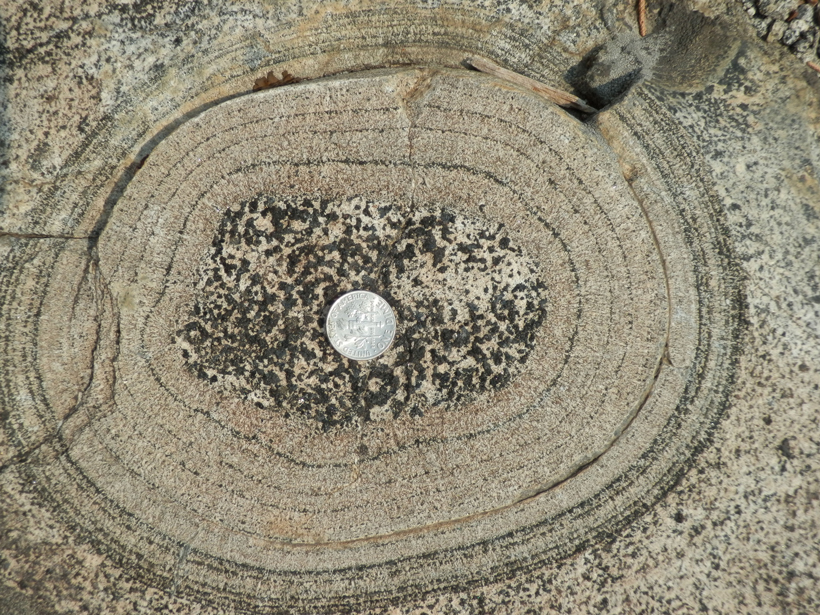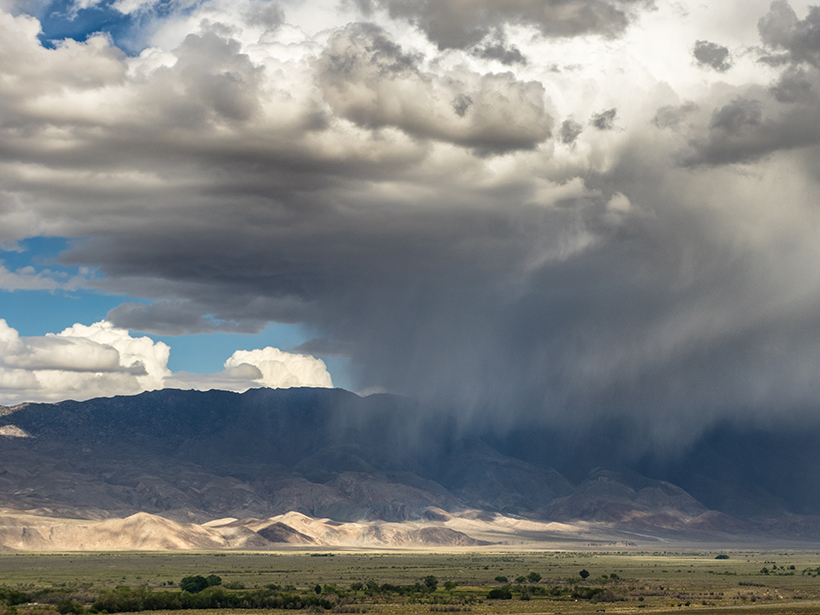Last month’s massive snowstorm in the Sierra Nevada followed a dry start to winter. Such extremes in precipitation may become the norm.
Sierra Nevada
Postfire Debris Flows Strike in a Puzzling Pattern
California geologists are improving their understanding and forecasting of which slopes in wildfire-burned areas might fail during heavy rainstorms.
Uncovering Patterns in California’s Blazing Wildfires
A study of trends in wildfire occurrence over the past 30 years shows that environmental, climatic, and human-related factors can point out regions with high fire probabilities.
Linking Critical Zone Water Storage and Ecosystems
The geology and the structure of Earth’s critical zone control subsurface moisture storage potential and determine the resilience of forest and river ecosystems to drought.
Role of Continental Arcs in Global Carbon Dioxide Emissions
Continental arcs are a major player in global carbon dioxide emissions, but quantifying that relationship is hard. A new study accepts the challenge on a global scale over 750 million years.
Using Radioactive Tracers to Determine the Ages of Streamflow
Radioactive isotope tracers can be used to determine the relationship between the ages of water that is stored in soil and bedrock, water in streams, and the water used by vegetation.
Pulses of Rising Magma in Sierra Nevada's Past
A detailed study of layered igneous material at California's Fisher Lake offers a novel approach to identifying the pathways and timescales of individual magma pulses in volcanic arcs.
Monster El Niño Not Enough to Quench California Drought
New research shows that the Sierra Nevada snowpack will likely not recover from the current drought until 2019.
Satellites Show True Extent of California Drought
Since 2011, California’s water supply has lost 4 trillion gallons per year and the Sierra Nevada snowpack has hit record lows.

